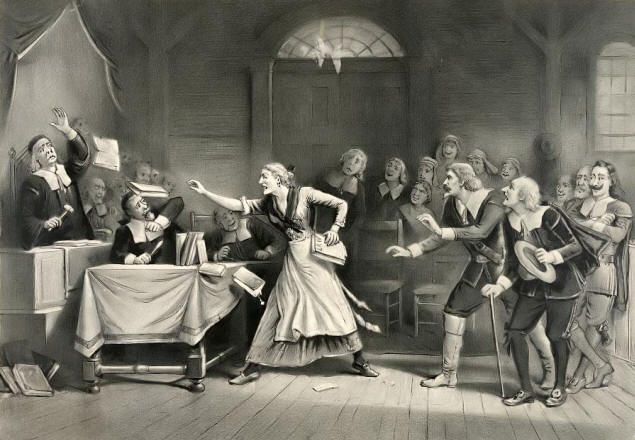ENG
102 NO LATE PAPERS ESSAY
#1*** DUE THURS MAY 26***
3 PAGES (WORKS CITED DOES NOT COUNT),
DOUBLE SPACED, SIZE 12 TIMES NEW ROMAN
USE
TWO OUTSIDE SOURCES (NOT INCLUDING THE TEXT!) AND QUOTE THE PRIMARY TEXTS AS
WELL.
USE THE EXAMPLE PAPER HANDOUT FOR MLA
GUIDELINES!!
This link will also help with MLA
questions:
http://owl.english.purdue.edu/owl/resource/747/01
Refer to the class blog for outside
source info:
eng102summerone2016.blogspot.com
Pick ONE of the essay topics
below for your paper.
- Use examples from (use at least TWO) The Namesake, “Two Kinds” and
“Brave Are We”, and from your own experience if it applies to
explain the “new American” experience and assimilation. Use examples from
the texts along with outside sources to support your thesis. **(THIS IS THE ONLY QUESTION WHERE YOU
CAN USE YOUR OWN EXPERIENCE AND SAY “I”)**
- We discussed how symbols were used in “Brave
We Are” this week for the issues new Americans face. Discuss three (the
meal, the song, the poem) of those symbols and explain their importance in
the story. Use examples from the texts along with outside sources to
support your thesis.
- In “Two Kinds” the mother puts a lot of
pressure of her daughter to do well. This can be referred to as her
“putting all her eggs in one basket”. Explain how she attempts to shape
her daughter’s life in the story. Use examples from the texts along with
outside sources to support your thesis. There are sources on the blog that
discuss the pressure some Asian parents put on their children to succeed
in school. These would work well as outside sources.
- Food is clearly important in all cultures
and we see that in “Brave We Are” and to a lesser extent in The Namesake; using examples from
both of those texts OR JUST “Brave We Are” and two outside sources,
explain what role food plays in culture.
- Use examples from (use at least TWO) The Namesake, “Two Kinds” and
“Brave Are We” to explain how the parents in these stories attempted to
pass on their culture to their Americanized children. Use examples from
the texts along with outside sources to support your thesis.
- Explain the role of God and/or religion in
(at least TWO) “A Good Man is Hard to Find”, “A Very Old Man With Enormous
Wings” and Life of Pi. Use
examples from the texts along with outside sources to support your thesis.
- The issue of whether The Misfit had grace or
not was discussed in class. Pick a side of the argument and defend your
thesis with outside sources and examples from the text.
- Explain the role of magical realism in “A
Very Old Man With Enormous Wings” and Life
of Pi. Pick out three examples from these two and explain how they can
be described as magical realism. Use examples from the texts along with
outside sources to support your thesis.



